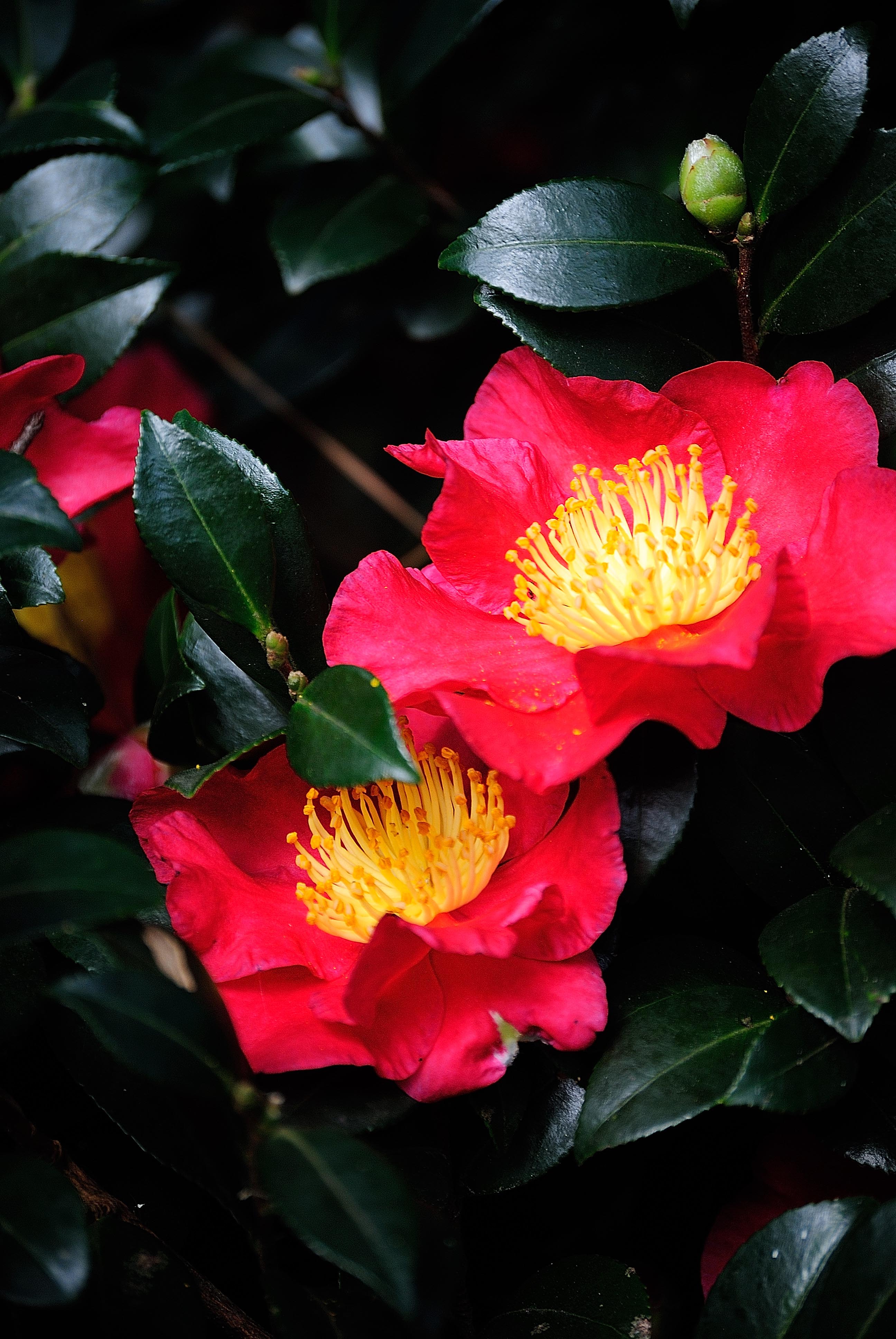 CAES News
CAES News
Yuletide Camellias
Thanks to retailers the Christmas season started sooner than ever, and as if wanting to be in sequence, it happened in the Coastal Georgia Botanical Gardens, too! The Yuletide camellias started blooming earlier than ever giving a clear signal of the holiday season.

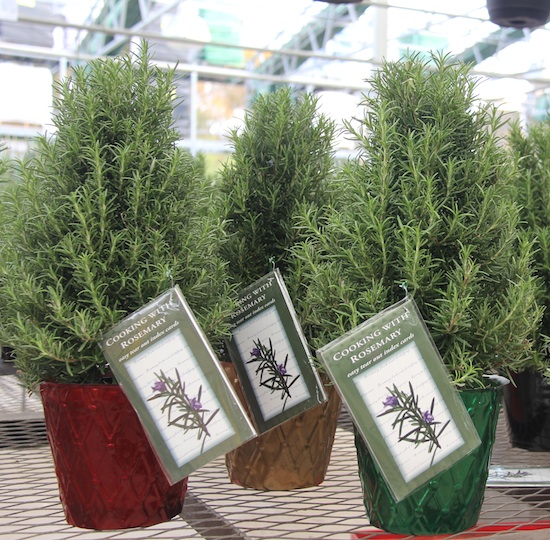
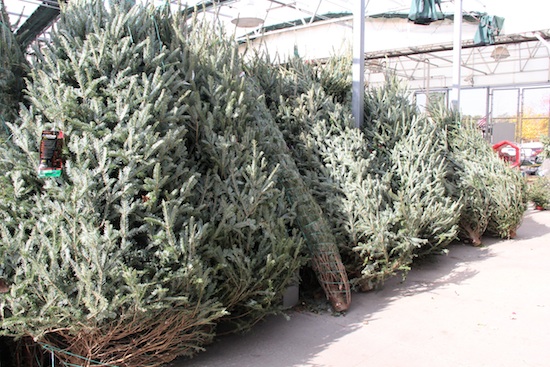
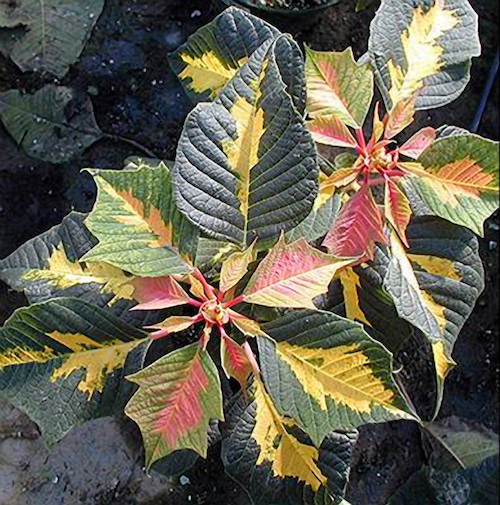
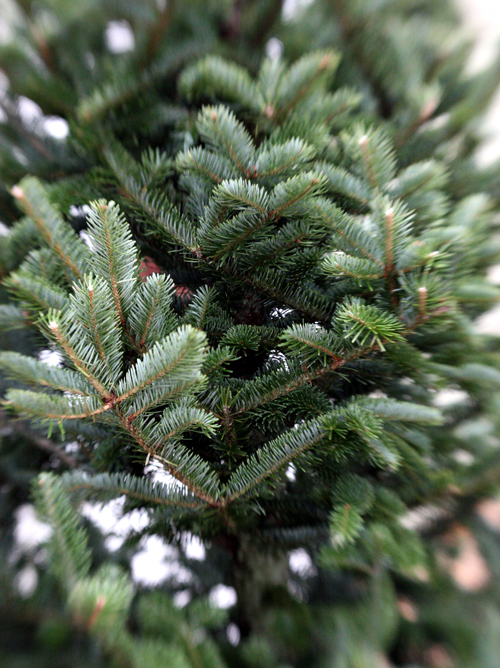
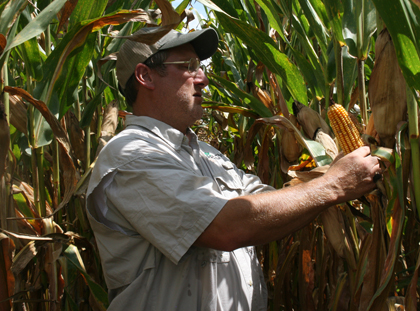
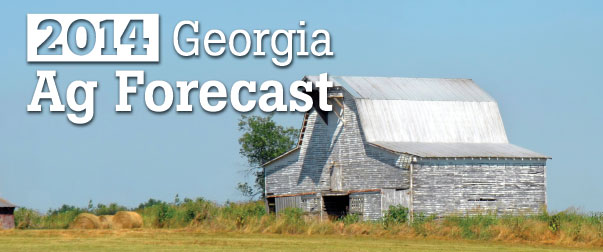
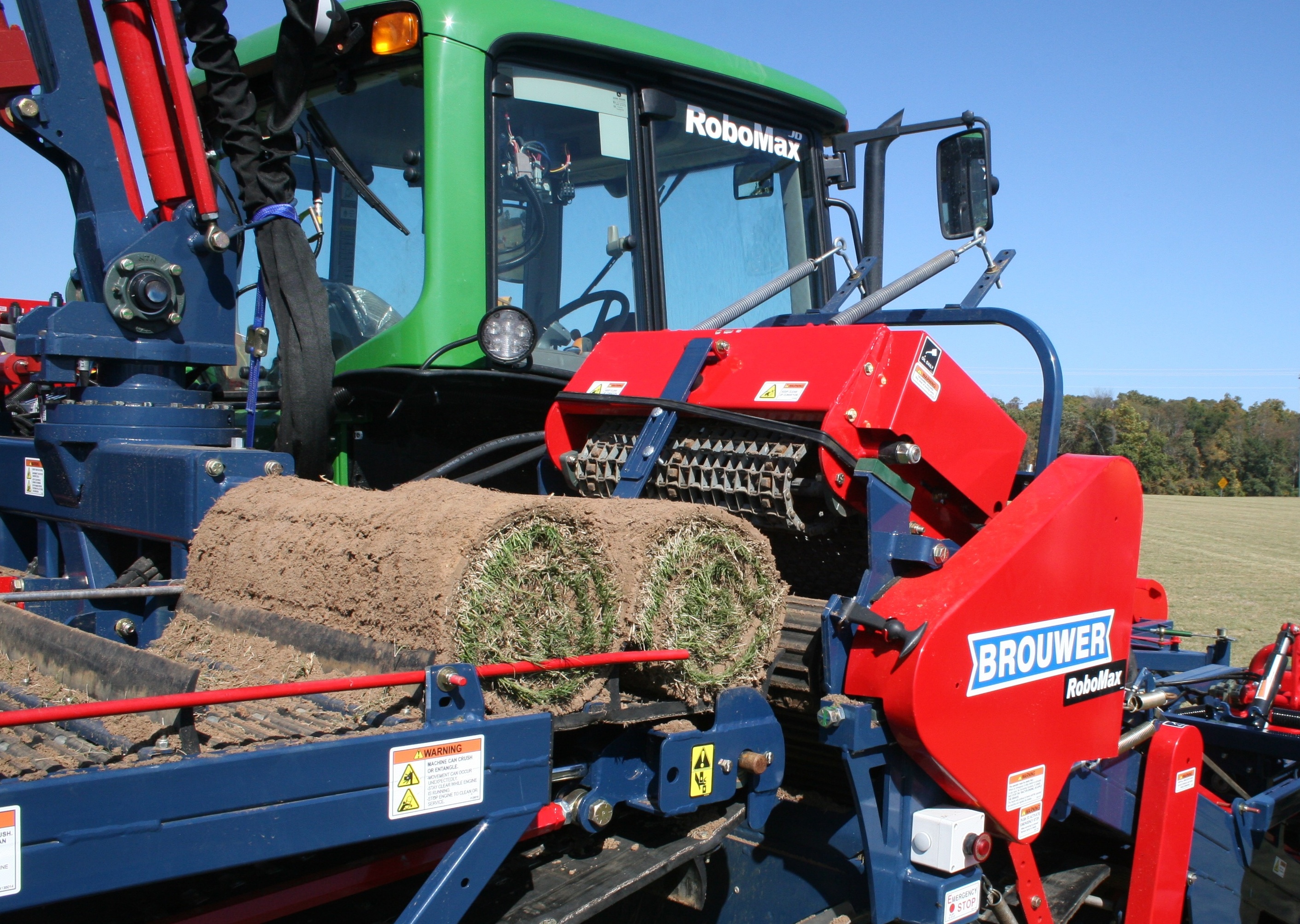
.jpg)